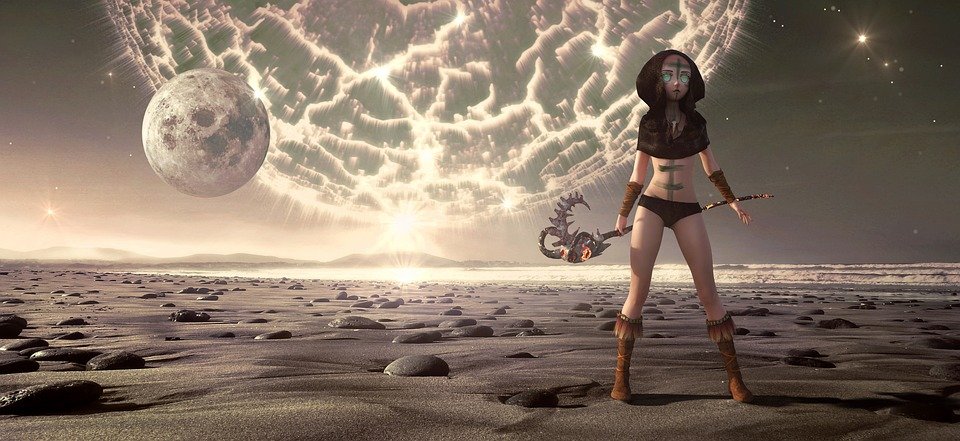Art has always been a reflection of society, culture, and human expression. In recent years, the art world has seen a significant shift towards digital art and the rise of non-fungible tokens (NFTs) as a new way for artists to create and sell their work. NFTs are unique digital assets that are stored on a blockchain, making them one-of-a-kind and easily verifiable. This technology has opened up a world of possibilities for artists and collectors alike, revolutionizing the way art is created, bought, and sold.
The Rise of NFTs in the Art World
NFTs have quickly gained popularity in the art world as a way for artists to monetize their work and reach a global audience. With NFTs, artists can create unique digital pieces that are authenticated and owned by the buyer through blockchain technology. This has opened up a new revenue stream for artists, allowing them to sell their work directly to collectors without the need for galleries or middlemen.
Collectors are also drawn to NFTs as a way to own rare and exclusive pieces of art. NFTs can be bought, sold, and traded on various online platforms, making it easy for collectors to build a digital art collection. The transparency and security of blockchain technology also ensure that each NFT is authentic and cannot be duplicated or forged.
Creating NFTs for Artists
For artists looking to create NFTs, the process is relatively simple. They can create digital artwork using software or digital tools, then mint the artwork as an NFT on a blockchain platform. The artist can set the price, edition size, and other parameters for the NFT, then list it for sale on a marketplace.
Once the NFT is sold, the buyer receives a digital certificate of ownership that proves their ownership of the artwork. This certificate is stored on the blockchain, making it easy to verify the authenticity and ownership of the NFT. Artists can also earn royalties on secondary sales of their NFTs, ensuring that they continue to benefit from their work even after it has been sold.
The Future of Art with NFTs
As NFTs continue to gain popularity, the future of art looks bright for both artists and collectors. NFTs have the potential to democratize the art world, allowing artists to reach a global audience and sell their work directly to collectors. This can help artists earn a living from their art and build a loyal fan base of collectors who appreciate their work.
For collectors, NFTs offer a new way to own and trade art in a digital format. Collectors can build a diverse collection of digital art from around the world, supporting emerging artists and exploring new forms of creativity. NFTs also offer a level of transparency and security that traditional art markets cannot match, ensuring that each piece of art is authentic and verifiable.
FAQs
What is an NFT?
An NFT, or non-fungible token, is a unique digital asset that is stored on a blockchain. Each NFT is one-of-a-kind and easily verifiable, making it a valuable and collectible item.
How can artists create NFTs?
Artists can create NFTs by minting their digital artwork on a blockchain platform. They can set the price, edition size, and other parameters for the NFT, then list it for sale on a marketplace.
How do collectors buy and sell NFTs?
Collectors can buy and sell NFTs on various online platforms that specialize in digital art. They can browse collections, place bids, and trade NFTs with other collectors.
Can NFTs be duplicated or forged?
No, NFTs cannot be duplicated or forged due to the security and transparency of blockchain technology. Each NFT is unique and easily verifiable, ensuring that it is authentic and owned by the buyer.

